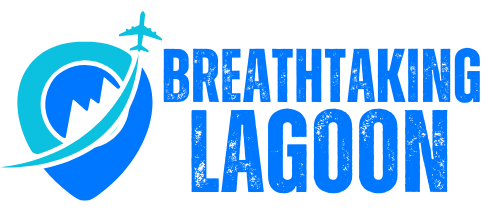The travel and leisure sectors have long been a barometer of global stability. Yet, between 2023 and 2025, the interplay of geopolitical instability, currency volatility, and security concerns has reshaped the landscape of international tourism and investment. For investors, understanding these dynamics is no longer optional—it’s a necessity.
Geopolitical Instability: The Invisible Tax on Tourism
Geopolitical risks—wars, sanctions, and political crises—act as a silent tax on tourism-dependent economies. The Russo-Ukrainian conflict, for instance, has not only displaced millions but also recalibrated global perceptions of safety. A 2025 study in Tourism Management Perspectives found that countries with deteriorating political relations, such as Sino-Japanese tensions over territorial disputes, saw a 15–20% decline in bilateral tourist arrivals. Conversely, nations like China and African countries, which strengthened diplomatic ties, experienced a 12% surge in tourism.
The mechanism is clear: geopolitical instability erodes trust. When a destination is perceived as unstable, travelers cancel plans, and investors hesitate. This is compounded by media narratives that amplify risks. For example, the UK’s post-Brexit uncertainty led to a 10% drop in Chinese outbound tourism to the region, as cultural and political anxieties took precedence over price incentives.
Currency Fluctuations: The Dollar’s Dominance in Tourism Pricing
Currency volatility adds another layer of complexity. A 2023 study in the Journal of International Money and Finance revealed that the U.S. dollar (USD) is the dominant pricing currency for 60% of tourism services, particularly hotel stays. When the USD strengthens, local hotel prices in tourism-dependent economies like the Caribbean and Southeast Asia rise by 4–6%, deterring price-sensitive travelers.
Consider the Dominican Republic: Despite a 10% depreciation of its domestic currency against the USD in 2024, tourism inflows declined by 8% because hotel prices were locked in USD. This “pricing in USD” phenomenon neutralizes the competitive advantage of weaker currencies, leaving small economies vulnerable. For investors, this highlights the need to monitor USD trends and their cascading effects on tourism-dependent sectors.
Security Concerns: The Human Capital Factor
Security threats—whether from terrorism, natural disasters, or health crises—directly impact long-term investment. The 2025 #LOVEGC campaign in Australia’s Gold Coast, launched after a cyclone damaged infrastructure, demonstrated how strategic marketing can rebuild trust. By leveraging user-generated content and influencer partnerships, the region restored 90% of pre-crisis occupancy rates within six months.
However, recovery is not guaranteed. A 2024–2025 analysis showed that in regions with low human capital (e.g., education and workforce training), tourism’s economic benefits plateau. Conversely, countries like Costa Rica, which invested in tourism education and safety infrastructure, saw a 25% increase in long-term investment from 2023 to 2025. This underscores a critical insight: human capital is the linchpin of tourism resilience.
Investment Strategies: Diversify, Hedge, and Adapt
For investors, the key lies in balancing risk and opportunity. Here’s how to navigate the volatility:
- Sector Diversification:
- Resilient Sectors: Luxury hotels and premium air travel have shown resilience during crises. For example, Singapore’s Marina Bay Sands maintained 85% occupancy in 2024 despite regional tensions, driven by high-net-worth travelers.
-
Adaptive Sectors: Online travel agencies (OTAs) like Expedia and Booking.com have gained traction as budget-conscious travelers seek cost-effective options.
-
Geographic Diversification:
-
Avoid overexposure to regions with high geopolitical risk. Instead, consider emerging markets with stable relations and growing tourism infrastructure, such as Vietnam or Morocco.
-
Hedging with Real Assets:
-
Gold and commodities have historically retained value during geopolitical crises. Pairing travel sector investments with gold ETFs (e.g., GLD) can mitigate downside risk.
-
Monitor Currency Metrics:
- Track USD movements and their impact on tourism pricing. For example, a 10% USD appreciation could reduce Caribbean tourism revenue by $2 billion annually.
The Road Ahead: A Call for Strategic Agility
The travel and leisure sectors are at a crossroads. While geopolitical risks and currency volatility pose challenges, they also create opportunities for agile investors. By prioritizing sectors with strong human capital, leveraging digital platforms, and hedging against macroeconomic shocks, investors can position themselves to thrive in an unpredictable world.
As the 2025 data shows, tourism-dependent economies that adapt—whether through marketing innovation, infrastructure investment, or policy reform—can turn volatility into growth. For those willing to look beyond the headlines, the path to value lies in understanding the intricate dance between politics, currency, and human behavior.



